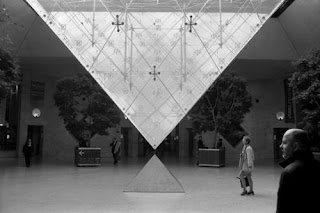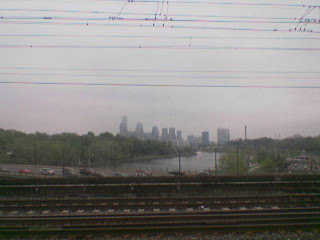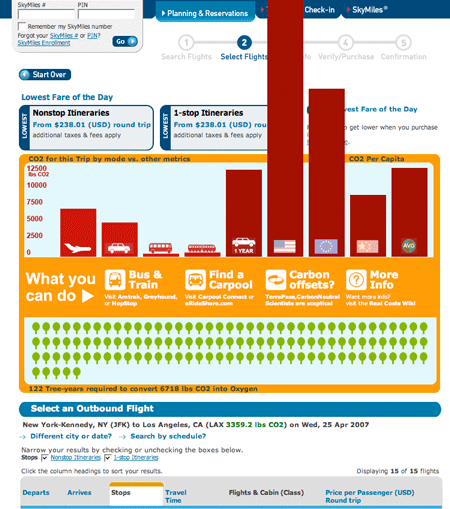 Yesterday I posted about some bigger discussions to have when engaging in the discourse on funding for the arts. I spoke about communities and artist support & integration. Today, as promised I want to talk about the power of the arts community and the myth of scarcity.
Yesterday I posted about some bigger discussions to have when engaging in the discourse on funding for the arts. I spoke about communities and artist support & integration. Today, as promised I want to talk about the power of the arts community and the myth of scarcity.The myth of scarcity in the arts is the long held belief that there's not enough X to go around. Where X represents one patrons, audience, venues, whatever. This myth creates a sometimes vicious competitive environment.
The myth is detrimental to both individual artists and the community.
 The good news is that it really is BS. But that does mean coming to terms with some understanding and reality checks. The first concept to grasp is that the current system of the arts industry is broken, the pyramid is inverted. Artists, who should be at the top of the pyramid (all other services should be in support of artist) are currently at the bottom (playing the support role to all the services). This is not a complaint, just a statement of (important word choice coming up) current fact. In order to change this, artists will need to begin with reconsidering how to succeed in the art world (more on that later).
The good news is that it really is BS. But that does mean coming to terms with some understanding and reality checks. The first concept to grasp is that the current system of the arts industry is broken, the pyramid is inverted. Artists, who should be at the top of the pyramid (all other services should be in support of artist) are currently at the bottom (playing the support role to all the services). This is not a complaint, just a statement of (important word choice coming up) current fact. In order to change this, artists will need to begin with reconsidering how to succeed in the art world (more on that later).Another reality check is that there is only a minuscule number (I've heard rumours that it is 1% of 1% of all artists) make a large amount of money off their artwork. And by large amount of money, I mean rockstar lifestyle. We could probably figure out who they are right now, ummm, Damien Hirst, Olafur Elliasson, maybe Jeff Koons and tangentially Christo & Jean Claude (tan. because they make money off sketches of their work). Am I missing anyone?
Here's the secret, everyone else is making money off alternative sources of income which are funding their work (teaching, speaking, working in the arts, etc). Now, there are probably quite a lot of artists who make a reasonable amount of money off their work (as opposed to the rockstar levels of money), mostly these are artists who can create easy to market & sell work, which, often is not even the work they would consider the most important or interesting. Like the e-bay and painting-a-day people (there's a lot of merit in these methods of funding). If you are doing large scale public projects (say a chalk line around NYC) then your funding might come in a small part from grants and individuals, but in a larger part from speaking opportunities, image rights and some amount of commodification. My painter friend is pursuing painting portraits as a means to fund his work, a couple of my other friends who create non-object based work subsist on teaching and occasional fellowships. It's a good idea to understand that you will be the biggest funder of your own work, so you should find something you can do to make money that will make you happy.
So, about how this community concept can help. It's quite simple actually, so simple in fact that there is a cliche already made for it: a rising tide lifts all boats.
 If as a community we decide that we are going to help one another, whether that is sharing knowledge, resources, experience whatever, then we all rise up together. Don't even think it isn't selfish, don't you think that if I help my friend the painter get a show in a gallery or out at Coney Island, well one day he will turn around and help me when I need it. Sharing is a way of creating greater strength in numbers. (What you give is what you get).
If as a community we decide that we are going to help one another, whether that is sharing knowledge, resources, experience whatever, then we all rise up together. Don't even think it isn't selfish, don't you think that if I help my friend the painter get a show in a gallery or out at Coney Island, well one day he will turn around and help me when I need it. Sharing is a way of creating greater strength in numbers. (What you give is what you get).Yes we should all be talking about money too. It empowers us all to know what people are paying for services and products so that we can price our own products and services accordingly. (For example, in my experience speaker fees can range anywhere from $200 [for local panel] to $1000 [for individual presentation outside NYC], and stipends for showing work that is documentary in nature [documentation of a project already completed] is about $300). It also helps us all present a more united front, sure there are lots of artists doing things for free (even I admit to that for a select situation), but the more we all ask for the money we rightly deserve, the more likely people will pay for it. The power of a positive no is a great thing.
So think about it, and figure out what you have to share with your fellow artists, and go out there and give that away (while simultaneously asking to be paid for your creativity).
Photos all creative commons license, courtesy of flickr and: (top to bottom)
"Support Starving Artists" by dltq
"Inverted Pyramide" by megafon (ironic that it is at the louvre no?)
"community kitchen" by smallestbones











